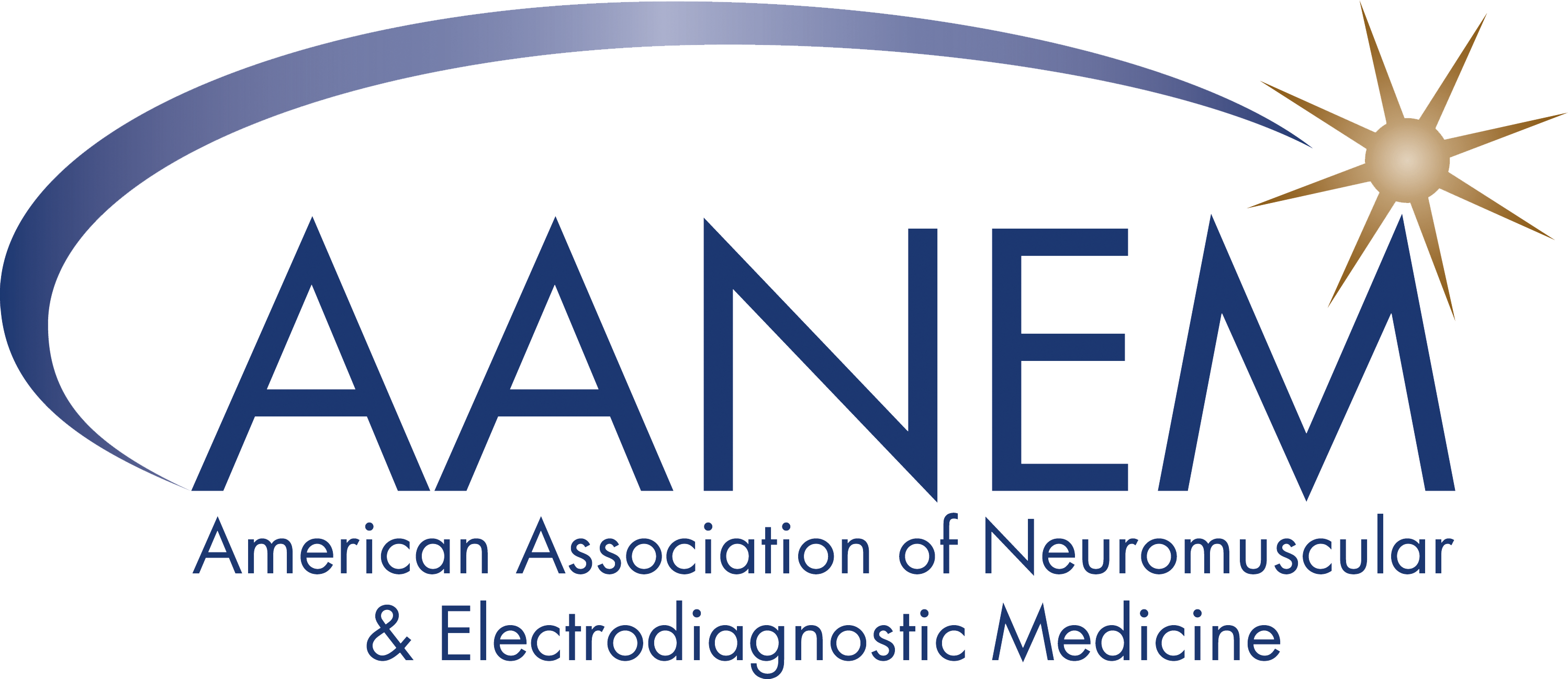Clinical Neurophysiology (EMG) Fellowship Portal
Login to Apply for FellowshipsBack to Fellowships Listing
Fellowship Details
Stanford Health Care-Stanford University Neurology CNP
213 Quarry RoadMC 5979
Palo Alto, CA 94304


Training Program Director
Sarada Sakamuri, MD
Training Program Coordinator
Tessa Roth
Other Staff
Associate Program Director: John W. Day, MD, PhD
Associate Program Director: Kenneth Leung, MD, MS
1 Fellowship position for the 2027-2028 Fellowship Year.
Considering: Neurology & PM&R Candidates
3 Letters of Recommendation requested for applying
Open House: 1/26/26 7:00 PM CT ((5:00PM Pacific Time via ZOOM)) Join Open House
*A few notes:
1. Join us for our fellowship open house -- January 26, 2026 5-6pm Pacific Time via zoom
2. The video URL was posted in Jan 2021, and a few details have changed. Contact us with questions!*
3. This listing is for the CNP/EMG Fellowship track, which emphasizes training in EMG, EEG, and general neurology. Separately, there are two Neuromuscular Medicine Fellowship tracks for adult and child neurologists. Please review all listings on the AANEM site and the Stanford University website.
The Stanford Clinical Neurophysiology/EMG Fellowship trains up to 1 fellow annually. The primary focus is on EMG, with a secondary but significant focus in another area of neurophysiology (typically EEG). The fellowship is designed to provide a background in the neuromuscular and epilepsy conditions that aid in the interpretation of EMG and EEG testing. The year can be designed to offer additional elective time in general neurology (aka comprehensive neurology) subspecialties (e.g., otoneurology, movement disorders, botulinum toxin injections, etc). //
Location: The fellowship is centered around the modern, comprehensive facilities at:
Stanford Hospital and Clinics in Palo Alto
Stanford EMG Clinics in TriValley (Pleasanton) or Emeryville
Neuromuscular/EMG Procedures: Extensive EMG/NCS training. Interested fellows have the opportunity to participate in neuromuscular ultrasound. //
Epilepsy/EEG Procedures: Opportunities for exposure to a wide variety of procedures including: Routine and ambulatory EEG, video EEG of critically ill patients and the epilepsy monitoring unit, stereoEEG, high density EEG for source analysis, Ceribell EEG, NeuroPace RNS ECoGs, Wada recordings.
Neuromuscular Didactics: Weekly protected time is devoted to neuromuscular and neurodiagnostic didactic sessions, journal clubs, debate clubs, waveform reviews, case conferences, and division updates. Recurring procedure workshops ensure all fellows are exposed to a variety of NCS and US techniques. The multiple teaching sessions make for a varied and lively educational environment. //
EEG/Epilepsy Didactics: Fellows will participate in weekly Neurophysiology conferences covering topics in EEG and IOM. They also have the opportunity to participate in Epilepsy Surgery case conference.
Neuromuscular Clinical Training: Fellows learn to independently manage patients in their weekly Neuromuscular Continuity Clinic.
Fellows also see many challenging, unique cases via the inpatient neuromuscular consultation and EMG service at the adult and pediatric hospitals. //
Comprehensive Neurology Training: Interested fellows may arrange elective time in areas pertinent to a career in outpatient neurology. This may include botulinum toxin injections, movement disorders, otoneurology, headache, and many other subspecialties.
Research and Scholarship: There is ample opportunity for scholarly work including clinical trials evaluations, database analysis, survey-based research, QI/QA work, case series and case reports, etc. Beyond this, Stanford School of Medicine offers ample no-cost opportunities for additional training in research methods and terminology. Fellows are encouraged to attend and present their work at regional and national meetings. The Clinical Trials Unit is exceptionally busy and fellows are exposed to a large number of cutting-edge studies, including use of novel genetic and immune therapies. For those building an academic career, an additional second year of training with us is encouraged. //
Facilities: The faculty, adult and pediatric hospitals, and adult and pediatric clinics are all based on the Stanford University campus in the heart of Silicon Valley. This fosters a culture of collaboration and support across specialties and schools. //
Faculty: Our neuromuscular and epilepsy faculty love teaching, as evidenced by the consistent top rating of our neurology clerkship by Stanford medical students. //
Stanford Medicine's goal is to draw from people with a variety of backgrounds and life experiences to reach a new level of innovation in instruction, research, and patient care. Our program is committed to ensuring all fellows feel a sense of belonging in our division and department and have opportunities to actively engage in our community. For more information about our GME-wide efforts, https://med.stanford.edu/odme/residents-and-fellows.html.
Quality of life in the Bay Area is wonderful. The sun shines year-round and there's easy access to national parks, local treasures, cultural events, and more. Compensation for Stanford house staff is highly competitive and includes excellent medical benefits and other campus perks. //
Visit our website for more details on didactics, rotations, faculty, and life on the "The Farm." We look forward to hearing from you!
View website for more details
Login to Apply for Fellowship
